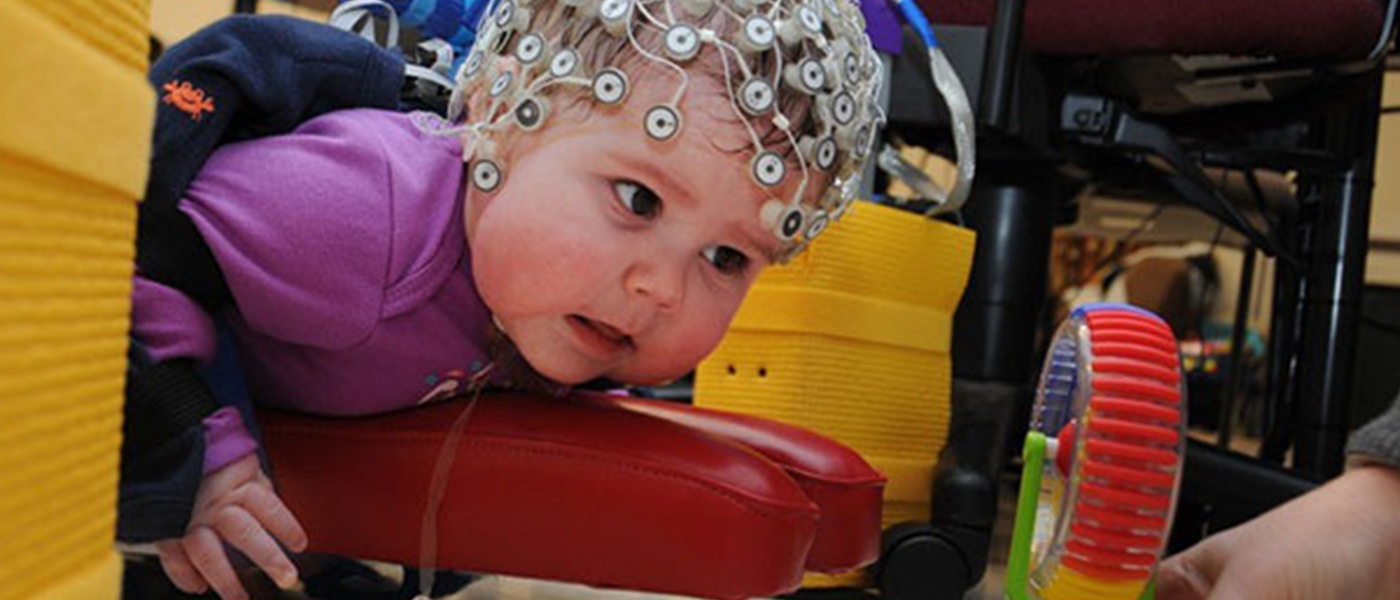Onesies With A Purpose
A team of biomedical engineers and physical therapists are developing a robotic onesie that can help infants at risk for cerebral palsy. The tech is meant to assist them in the development of motor and cognitive skills.
This is notable, as cerebral palsy affects movement and muscle coordination, and is usually not diagnosed until the child reaches his or her first birthday. Experts say that early intervention will often improve a child’s capabilities, and this is what physical therapist Thubi Kolobe and her team are trying to achieve with their new project.
The goal is for the robotic onesie to be used during a critical window of development—when a child begins kicking, moving and eventually crawling. It will be used to develop the baby’s motor skill and, consequently, their cognitive skills.
More formally known as the Self-Initiated Prone Progression Crawler or SIPPC (pronounced “sip-see”), the project features a soft pad that rolls along on three wheels and a sensor-studded outfit (or onesie) for the baby to wear. In order to work, fifty times per second, the 12 movement sensors send measurements to a computer, measuring the child’s movement on a 3D screen.
There are also cameras attached to the SIPPC that captures what each of the infant’s limbs was doing at a given time.
Helping Babies Learn
Scientists say the concept behind the SIPPC is that crawling is reward-based learning process for babies, so he or she tries to move and sees no change in their environment, as what happens with many children with CP, they may stop trying. When they do, the brain slowly removes its motor and spatial connections.
The movement sensor determines what the baby is trying to do, then it will direct the robot to give him or her an extra boost in the appropriate direction, rewarding the infant’s attempts. For example, a baby girl tried to crawl, but she didn't have enough force to actually move. In this case, the robot gave her the boost she needed.
Pilot tests showed that infants who wore the robotic onesie had more limb movement than infants who did not. Researchers are launching a larger trial of 56 infants this year using robot with power steering, a sophisticated machine-learning algorithm, and a baby cap that has dozens of electrodes to track brain activity.
Scientists say they have six to nine months more to go, and it will take time to get through the “overwhelming” amount of data produced by the experiment. The robotic onesie is still far from commercial use, but the positive pilot tests could mean it’s not too far in the horizon.
Share This Article
